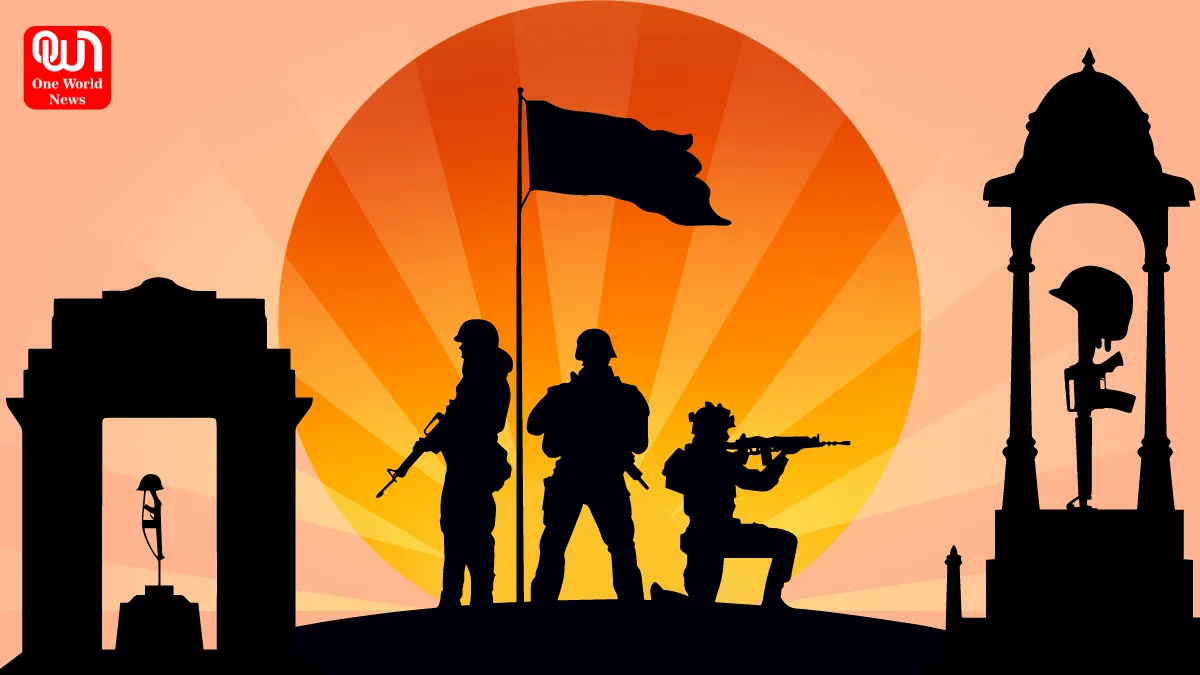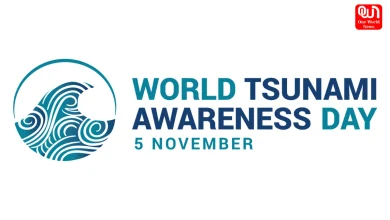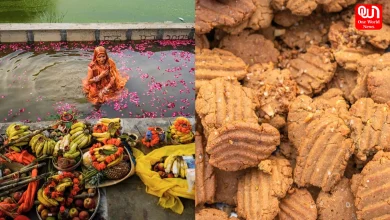Celebrating Kargil Victory Day – 26 July
Kargil Victory Day is celebrated every 26 July in India, to observe India's victory over Pakistan in the Kargil War
Kargil Victory Day – 26 July
Kargil Victory Day is celebrated on 26 July every year in India in order to remember the victory of Indian over Pakistan in Kargil war for evicting Pakistani forces from their captured heights on the mountain ridges in Northern Kargil District in the Indian administered state of Ladakh in the year 1999. First, the authorities of Pakistan responded to the situation saying that their army had nothing to do with the war and it was started by the militants from the part of Kashmir. But documents produced by the victims, statements of the POWs and later statements by the Prime-Minister of Pakistan Nawaz Sharif and the Pakistan’s Army Chief of Army Staff Pervez Musharraf suggested the engagement of the Pakistani paramilitary force headed by General Ashraf Rashid.

Read more –India’s Longest Bridge Ignites Political Debate Ahead of Assam Voting
History –
Following the Indo-Pakistani War of 1971 there was a long span of time during which the amount of direct confrontations with the military forces of the two neighbors was quite small – not withstanding the military rushes toward the capture of the Siachen Glacier by outpost construction at the surrounding mountain ridges and the military unrest in the 1980s. In the 1990s, the situation and the acts of conflict rooted to the Kashmir separatist movements, and the nuclear tests of both nations in 1998 were the triggers for the hostility.
In this regard, both nations stated the Lahore Declaration in February 1999, whereby they assured to start peaceful and bilateral process over the context of the Kashmir. Thus in the winter of 1998/99 some components of the Pakistani Armed Forces’ secret intelligence were training and infiltrating Pakistani troops and paramilitary forces across the line of control (LOC) into territory claimed by India. The infiltration was code-named “Operation Badri” doubling up as an agricultural festival. The goal of Pakistani incursion was to disrupt the connection between the two territory that is Kashmir and Ladakh and push the Indian force out of Siachen glacier so that the broad issue of Kashmir gets addressed. Similarly, Pakistan also thought that any escalation of tension in the region would take the Kashmir issue to the international level, which would surely fasten the process of solving the dispute. Another possible aim may have been to try to give a fillip to the decade-long rebellion in the Indian State of Kashmir by being more assertive.
We’re now on WhatsApp. Click to join.
Read more –Significance of Ram Navami 2024: Date, puja timings, rituals, history and celebrations
Considering the depth of the invasion, the nearby Indian troops said they would remove the infiltrators in a few days, believing them to be jihadis. The Indian army realized the plan of attack was much larger when they found further evidence of infiltration elsewhere along the LOC, in addition to the different techniques utilized by the infiltrators. It is generally acknowledged that the entire area captured by the invasion is between 130 and 200 km2. In response, the Indian government organized 200,000 troops for Operation Vijay. Kargil Vijay Diwas was observed on July 26, 1999, the day the Pakistan Army forces were forced to withdraw from their positions, thus ending the war.
Like this post?
Register at One World News to never miss out on videos, celeb interviews, and best reads.








